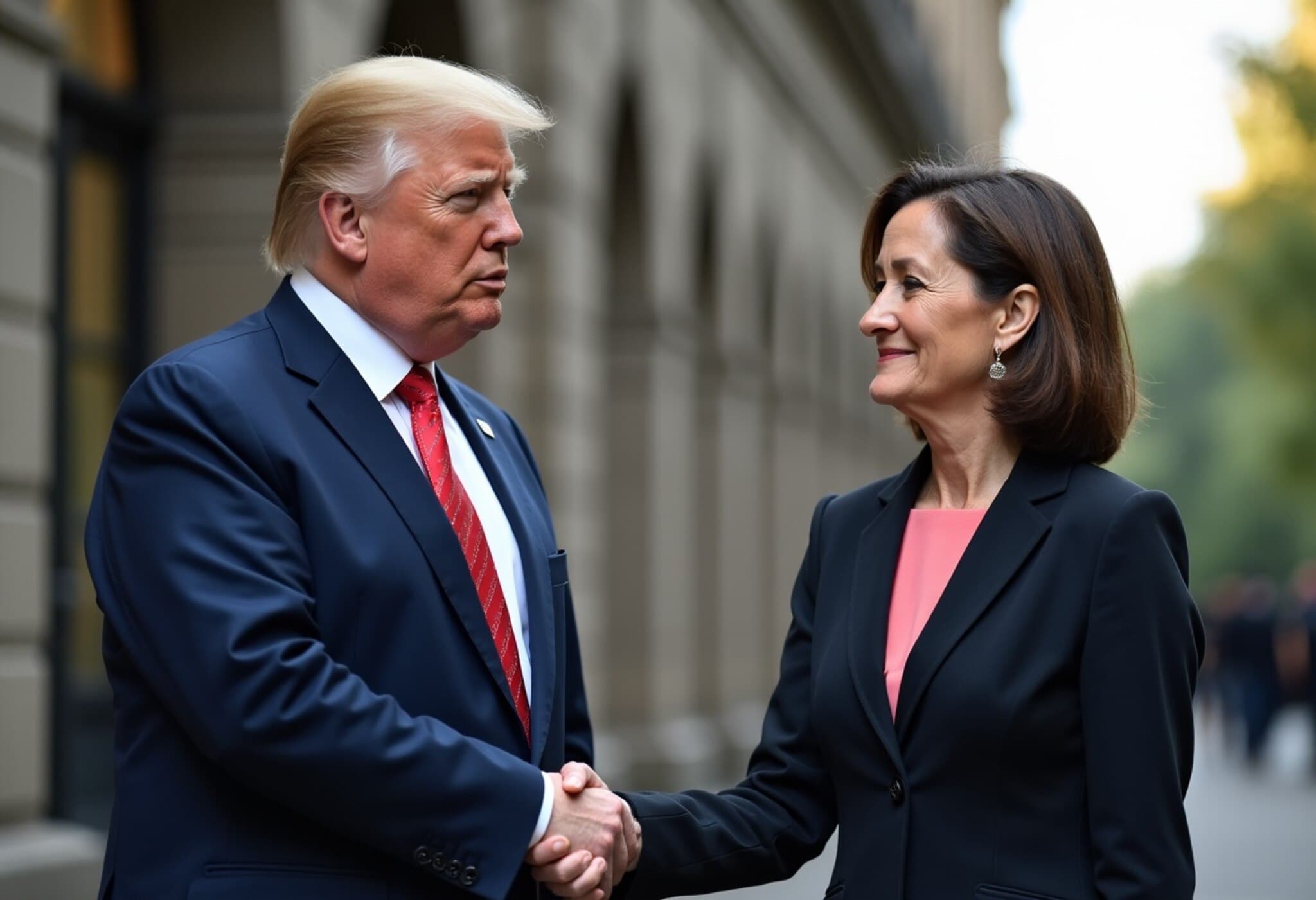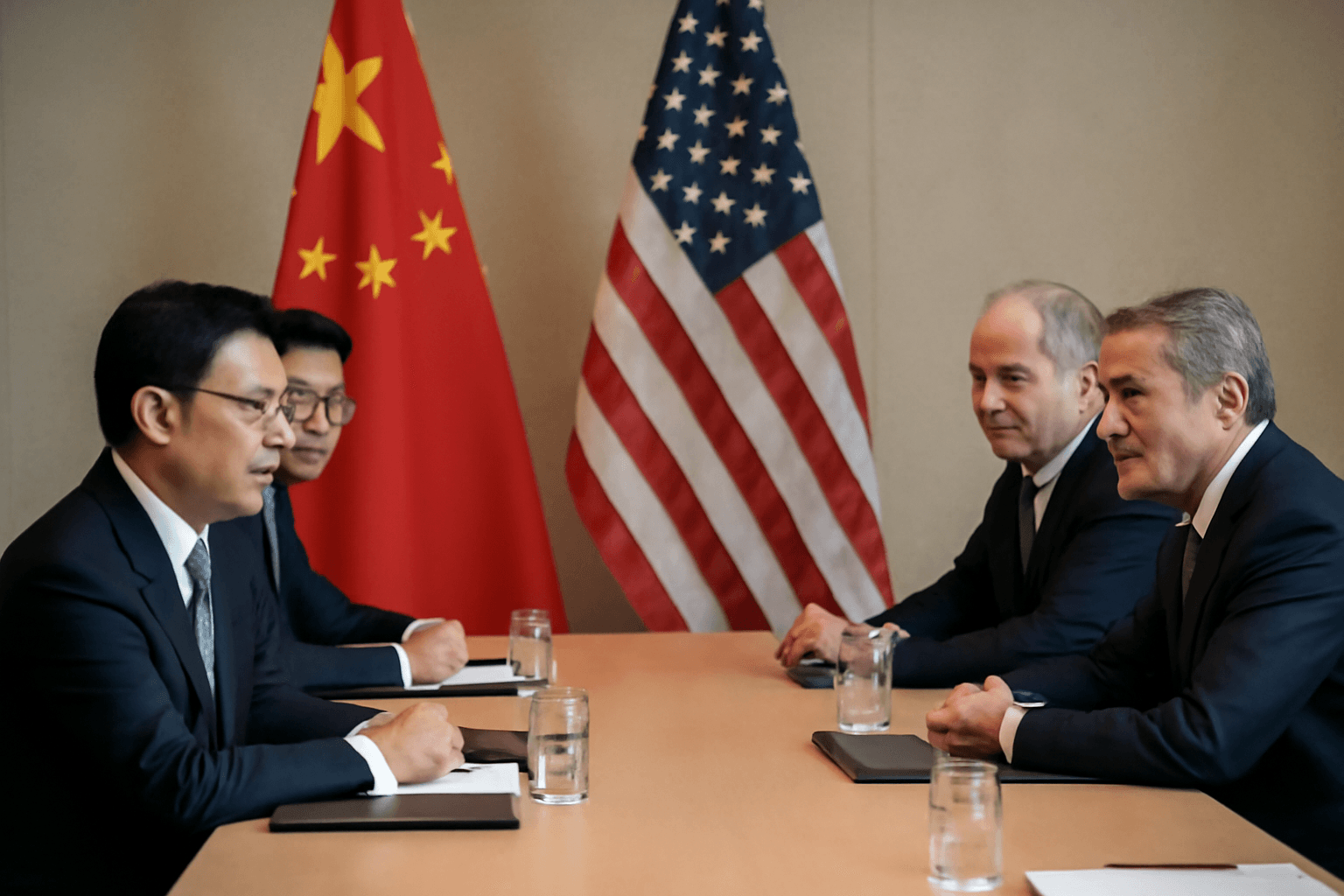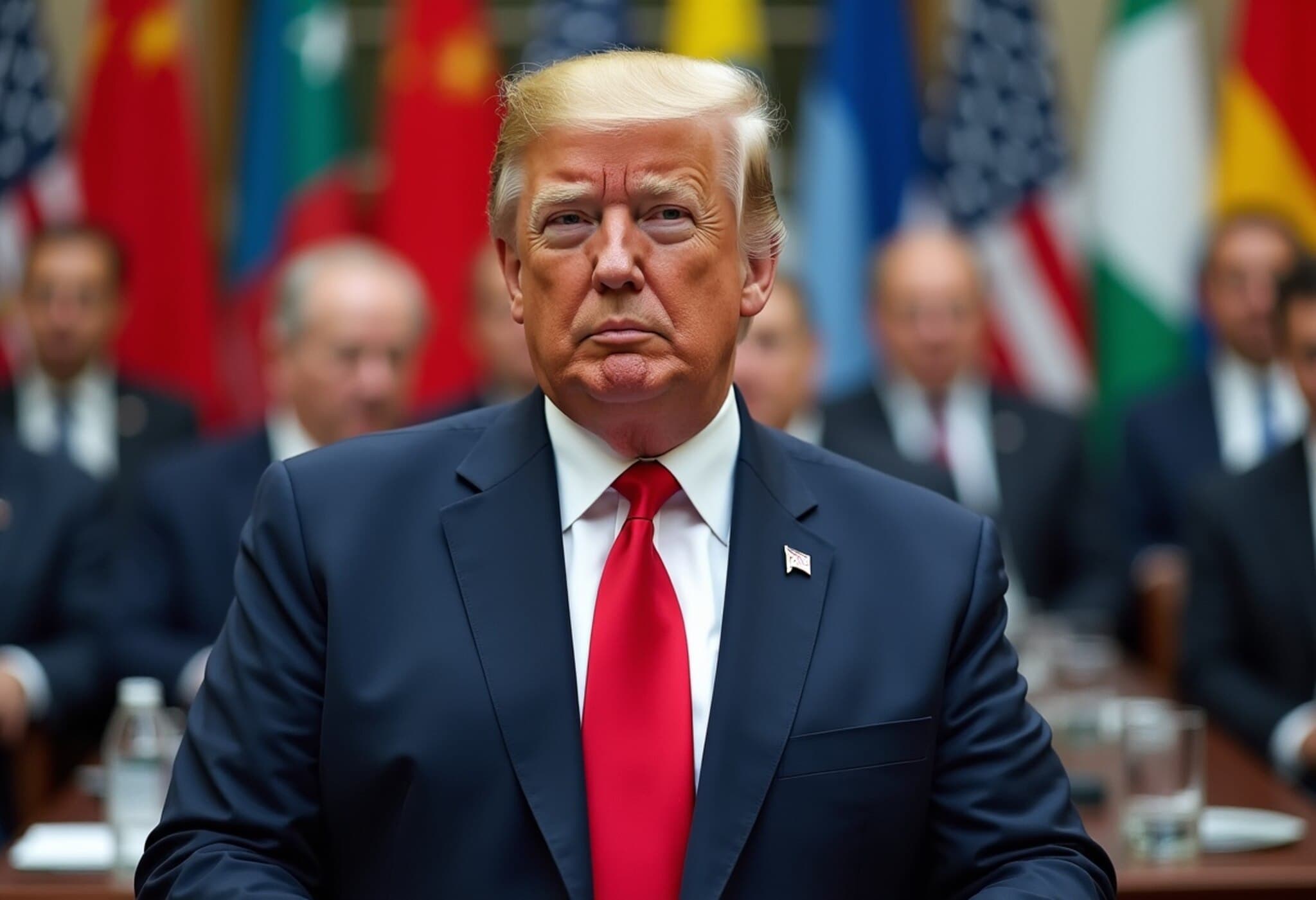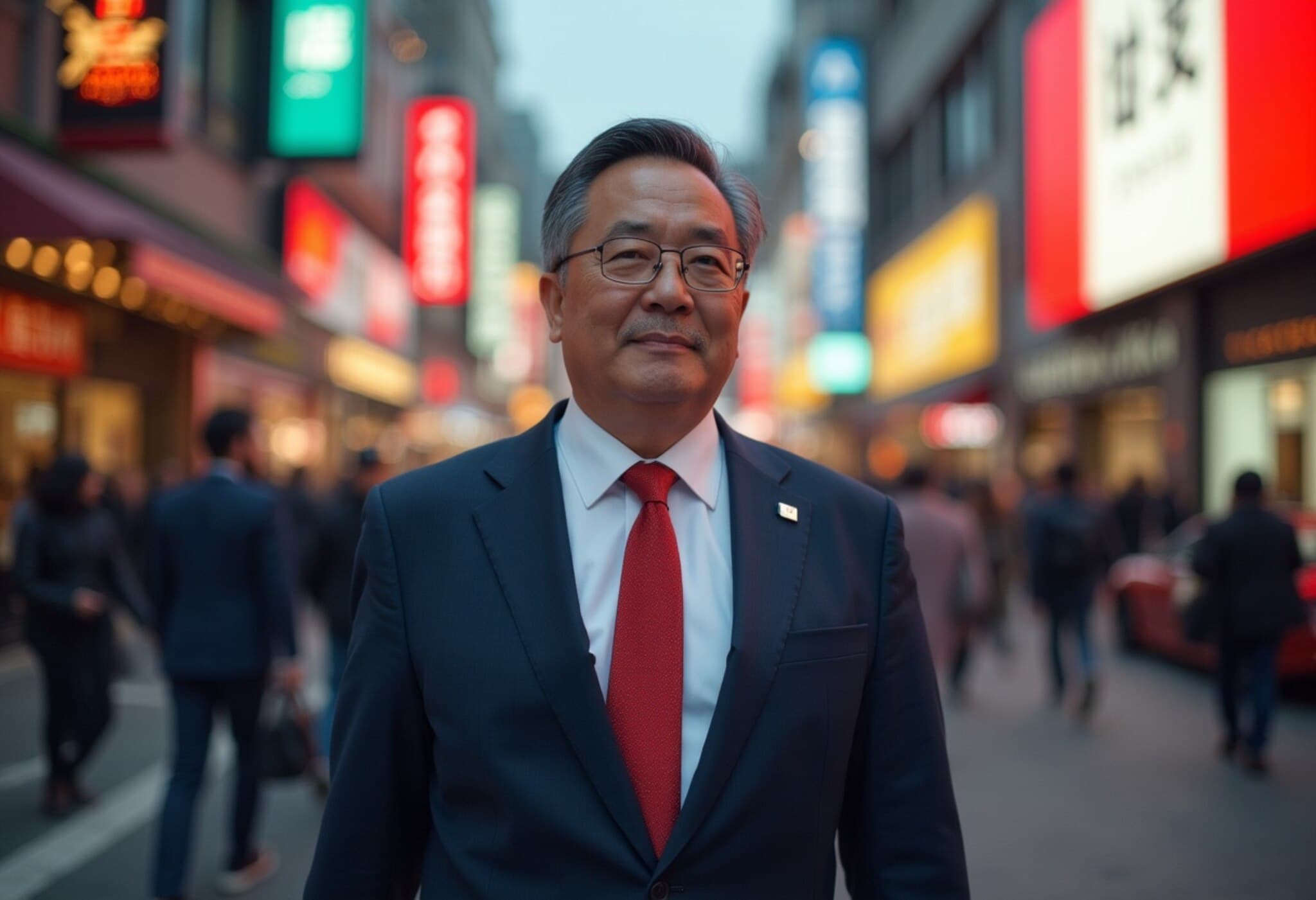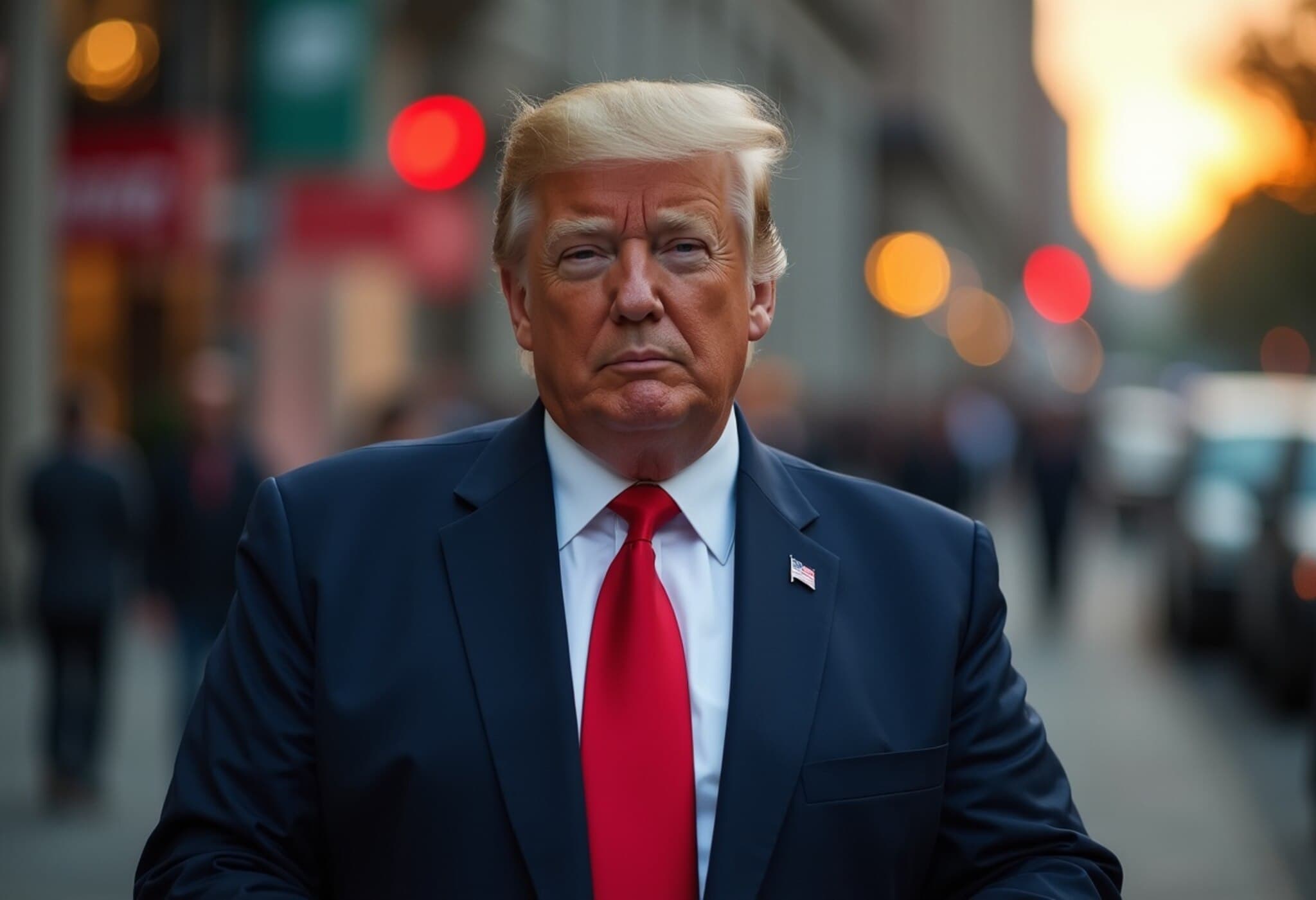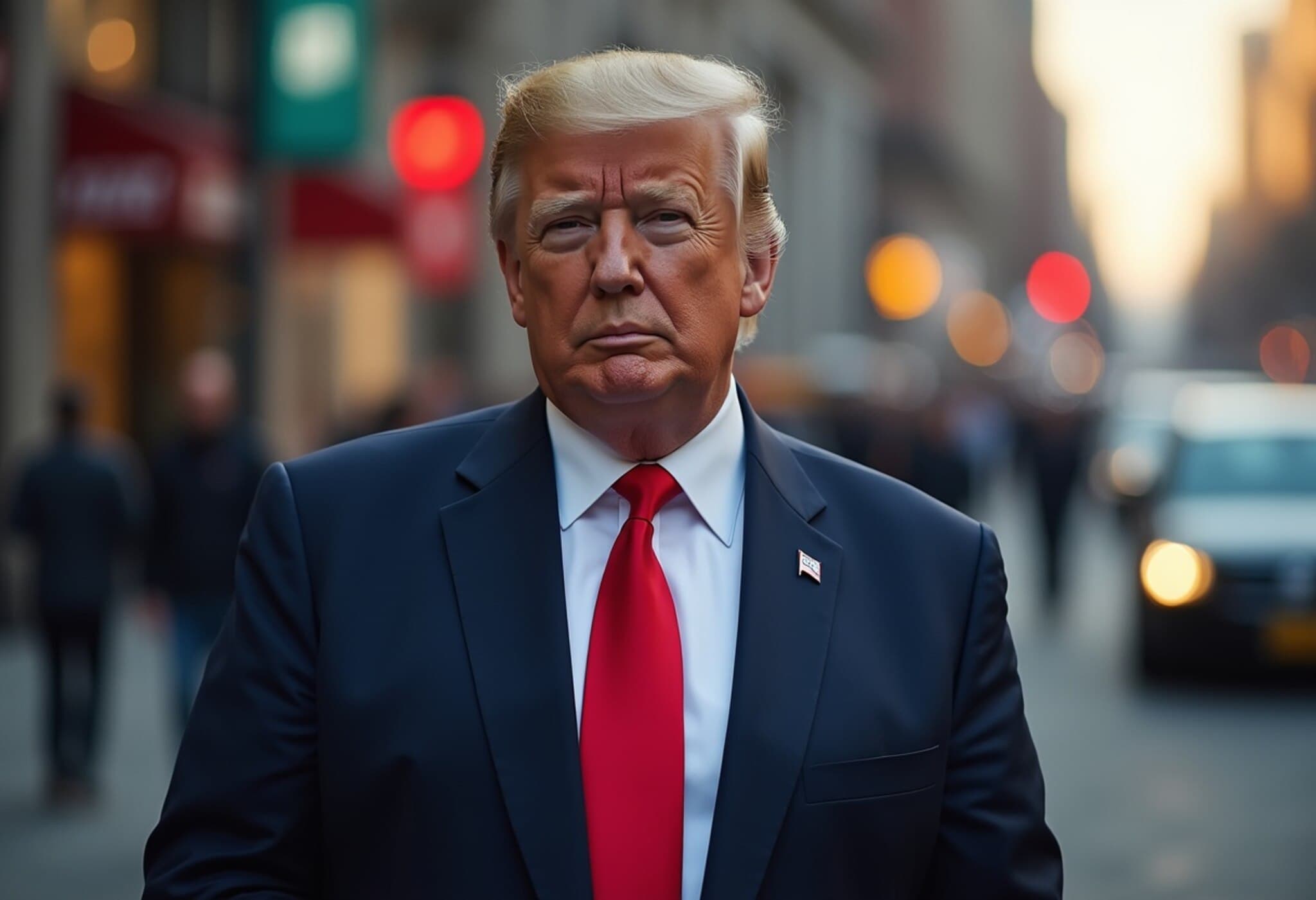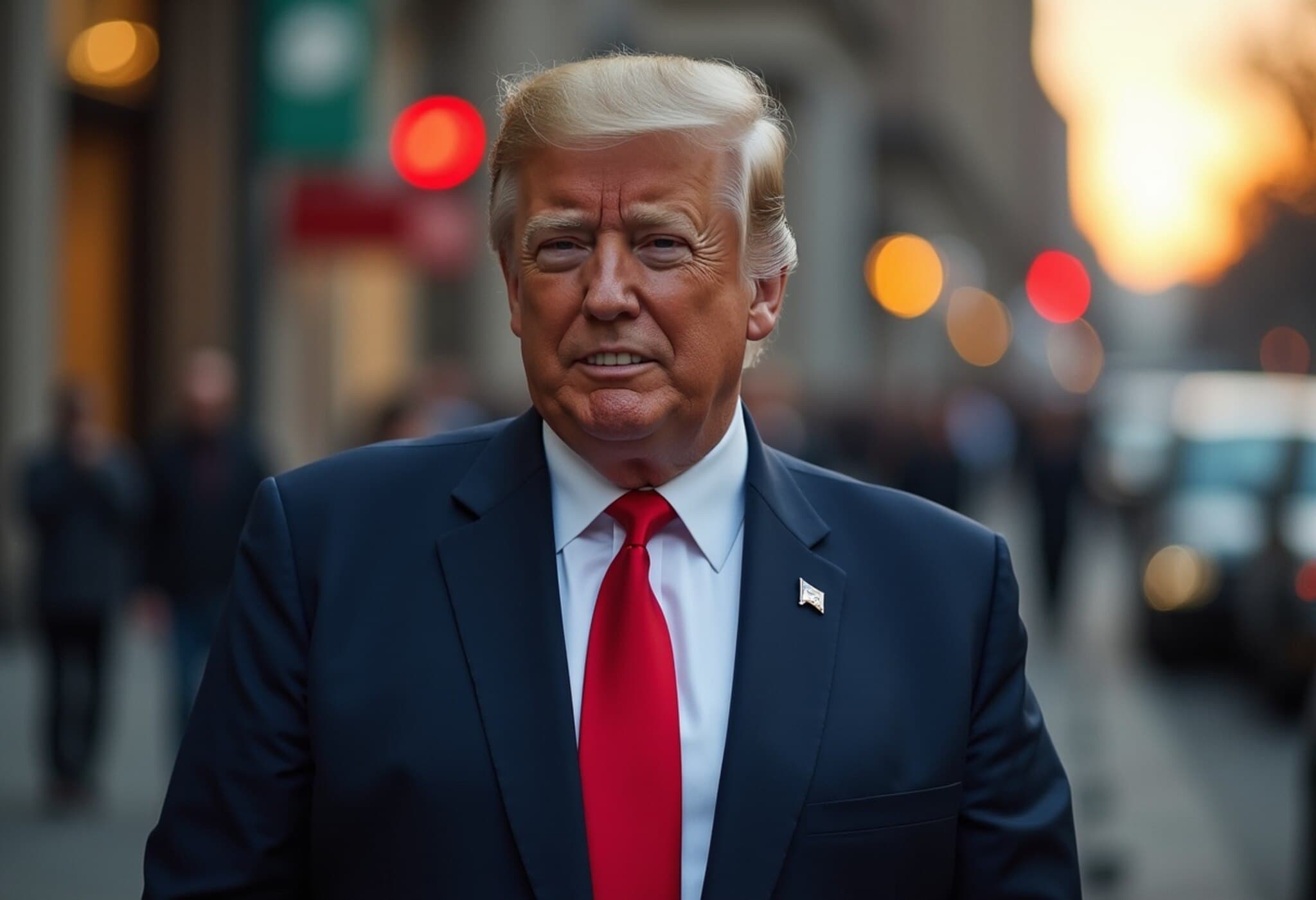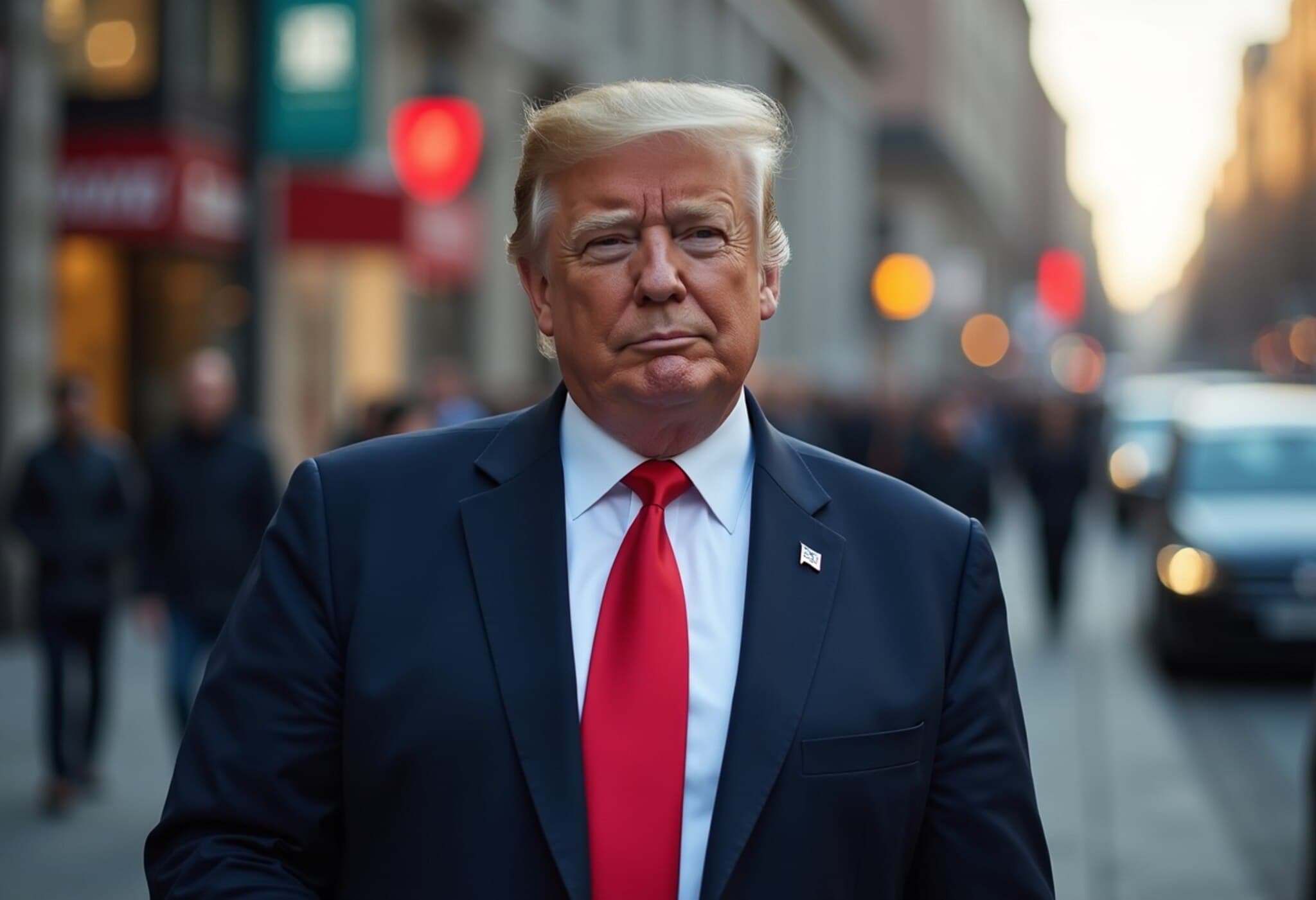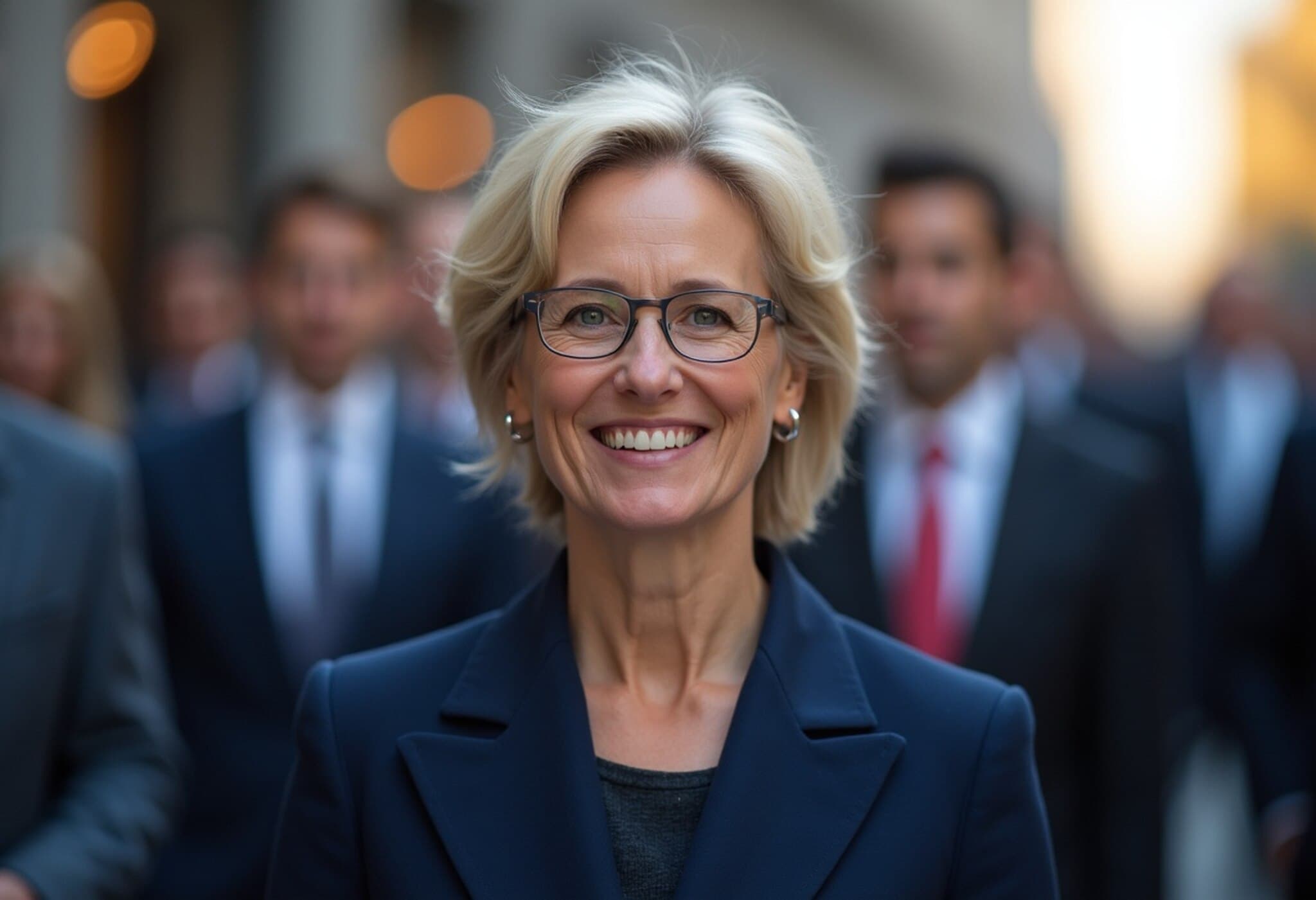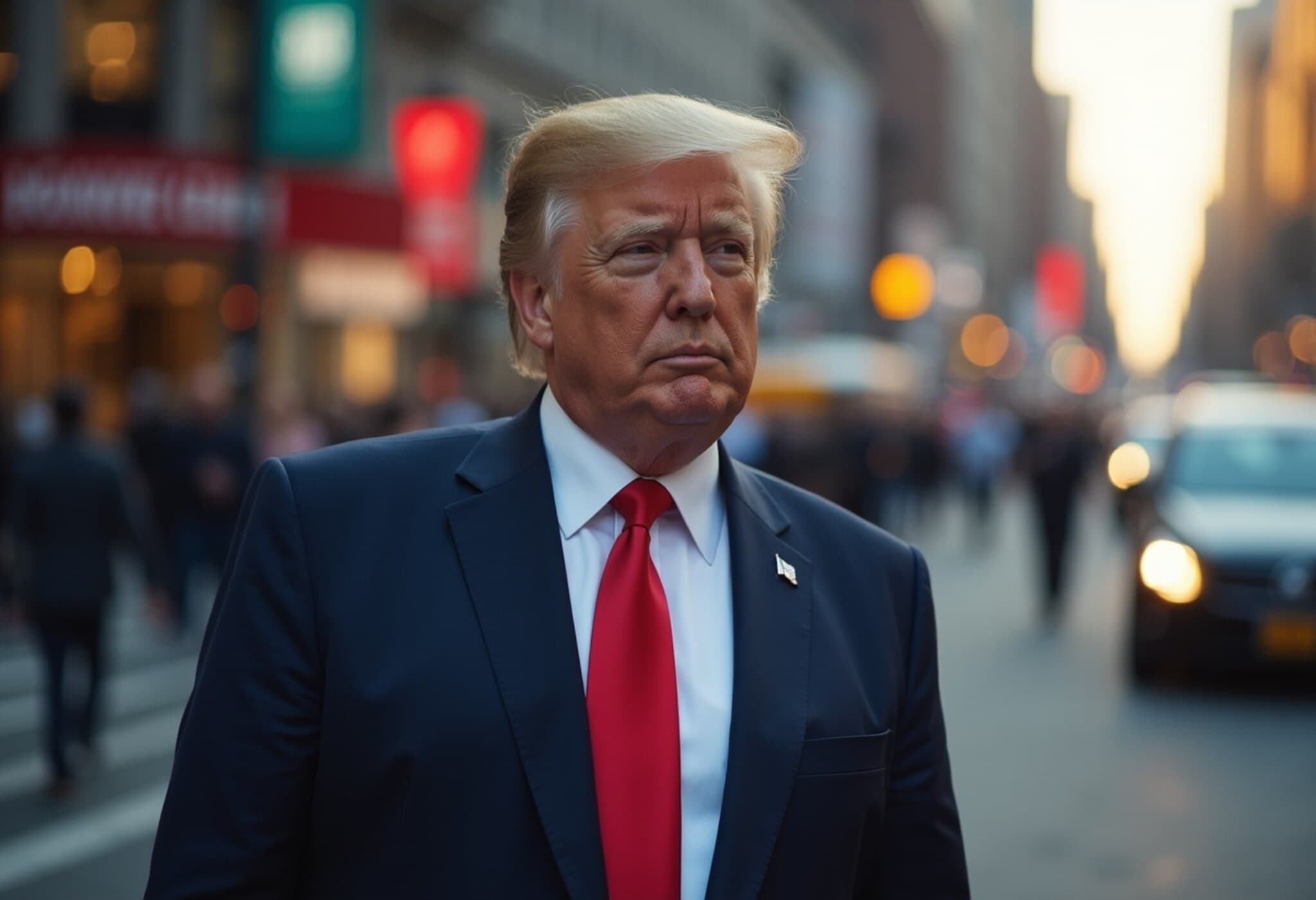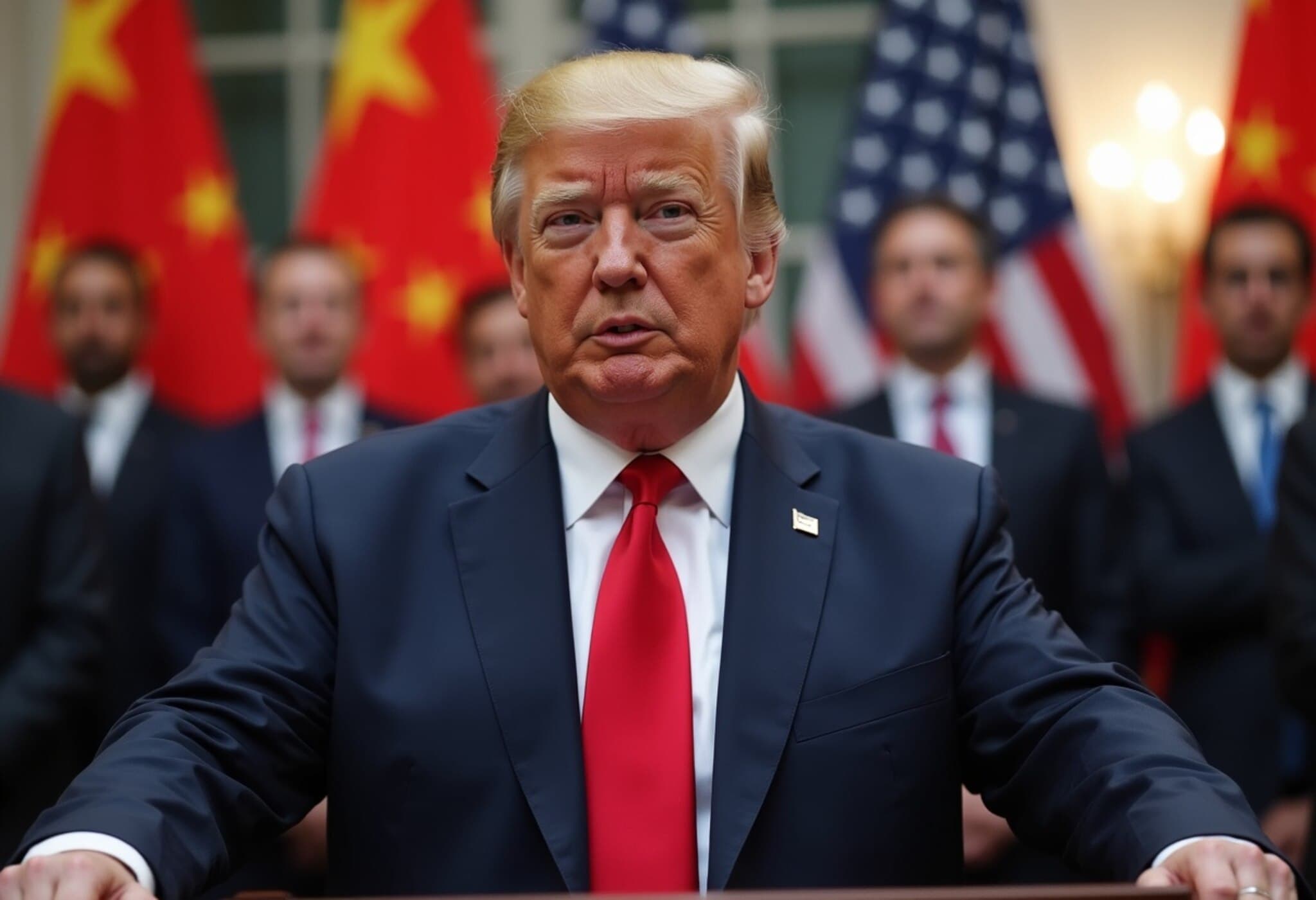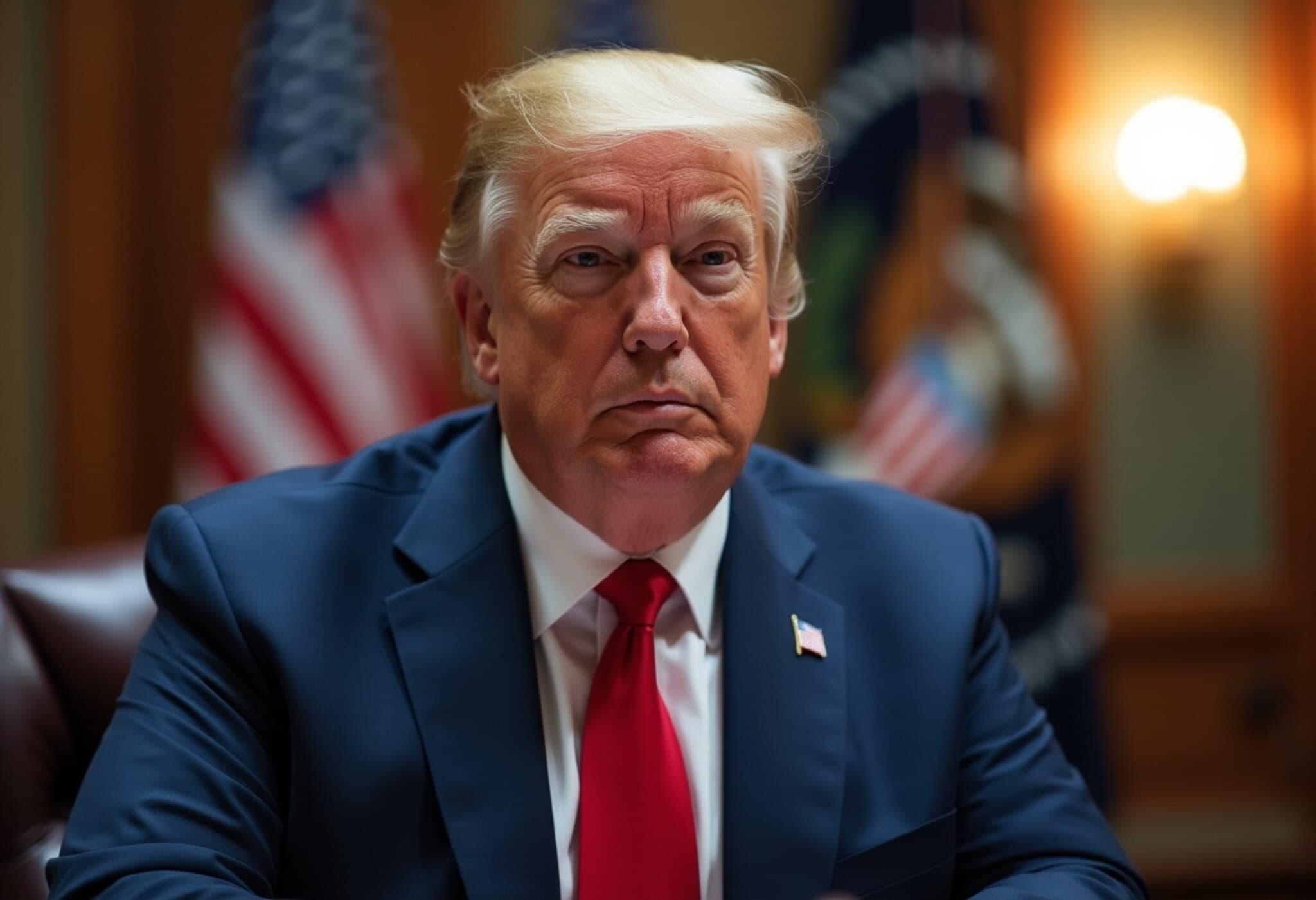Trump and EU Chief Ursula von der Leyen Take Last-Minute Steps to Avert Trade War
In a crucial meeting held on July 27, 2025, U.S. President Donald Trump and European Commission President Ursula von der Leyen convened in Scotland, aiming to defuse mounting tensions over transatlantic trade and avoid the imposition of heavy tariffs that threaten billions of dollars in commerce between Washington and the European Union.
Racing Against an August 1 Deadline
The backdrop to this high-stakes encounter is a looming deadline: President Trump has threatened to apply a sweeping 30% tariff on a variety of European goods starting August 1 if negotiations fail. Such a tariff could profoundly disrupt trade in sensitive industries like automobiles and pharmaceuticals, which are vital to both economies.
Spanning a robust $1.9 trillion in trade annually, the U.S.-EU commercial relationship is among the world's largest and most integrated, underscoring the immense stakes of these talks.
Negotiations Fueled by Complexity and Stakes
Representing the 27 EU member states, Ursula von der Leyen has been negotiating tirelessly to defend European economic interests. However, the path to an agreement remains rocky, with multiple sticking points including tariffs on steel, automobiles, and pharmaceuticals. Preliminary EU proposals reportedly include a 15% baseline tariff on exports to the U.S.—a level reminiscent of that negotiated with Japan—alongside specific exemptions in key sectors such as aircraft, lumber, and certain spirits.
- The EU is also prepared to increase purchases of U.S. liquefied natural gas and make investment commitments as part of the deal.
- Current U.S. tariffs impose 25% on cars, 50% on steel and aluminum, and a 10% general tariff, threatening to increase to 30% if no deal materializes.
- As a countermeasure, the EU stands ready to enact retaliatory tariffs on $109 billion worth of American goods, potentially escalating the trade conflict further.
High Tensions and Combative Talks
Despite praises exchanged—Trump complimenting von der Leyen as a “highly respected woman”—behind-the-scenes negotiations have been intense and at times combative, especially discussions involving U.S. Commerce Secretary Howard Lutnick. According to reports, several issues remain unresolved, particularly surrounding pharmaceutical tariffs and automotive trade rules.
Broader Political Implications and Public Sentiment
This negotiation unfolds amid President Trump’s broader agenda to reshape U.S. trade relationships worldwide, which remains contentious at home with public approval ratings dipping to 37%, per a recent Gallup poll. Yet, an accord with the EU would represent a significant diplomatic achievement that might bolster Trump’s image as a skilled dealmaker.
The choice of Scotland—home to Trump’s luxury golf resort Turnberry—as the meeting venue also strategically distances the president from ongoing domestic controversies, such as the lingering public outrage over the Jeffrey Epstein case, allowing trade diplomacy to take center stage.
Expert Perspective: Navigating Uncharted Waters
From an economic policy standpoint, the potential tariffs risk sparking a destructive cycle of protectionism that could reverberate through global supply chains and consumer prices. Experts warn that while tariffs might seem like a tool to protect domestic industries, they often lead to higher costs for manufacturers and customers alike.
Moreover, given the EU’s need for unanimous approval from all member states, political complexities within Europe add another layer to this negotiation, possibly delaying or complicating final agreements. The imminence of retaliatory tariffs underscores the delicate balance leaders must strike between asserting economic interests and maintaining strategic alliances.
Looking Ahead: What’s at Stake?
- Trade Stability: A deal would ensure the continuation of a stable transatlantic trade environment, vital for billions in annual economic activity.
- Political Capital: For both Trump and von der Leyen, a successful agreement would translate into significant political wins ahead of upcoming domestic elections and European Council decisions.
- Global Trade Dynamics: Resolving this conflict could set a precedent influencing global trade rules and interactions beyond the transatlantic partners.
Editor’s Note
This rapidly evolving trade negotiation highlights how intertwined global economies have become, making tariff conflicts more than just economic battles—they are pivotal diplomatic tests with lasting ramifications. While the August 1 deadline adds urgency, the nuanced issues underpinning this dispute—like sector-specific tariffs and investment commitments—reveal that achieving balance requires patience and political will beyond public posturing.
Key questions remain: Will this meeting mark a breakthrough or simply delay an inevitable escalation? How will shifting geopolitical alliances influence the outcome? And what lessons will policymakers learn from this episode about constructive engagement in a fractious global trading system?

